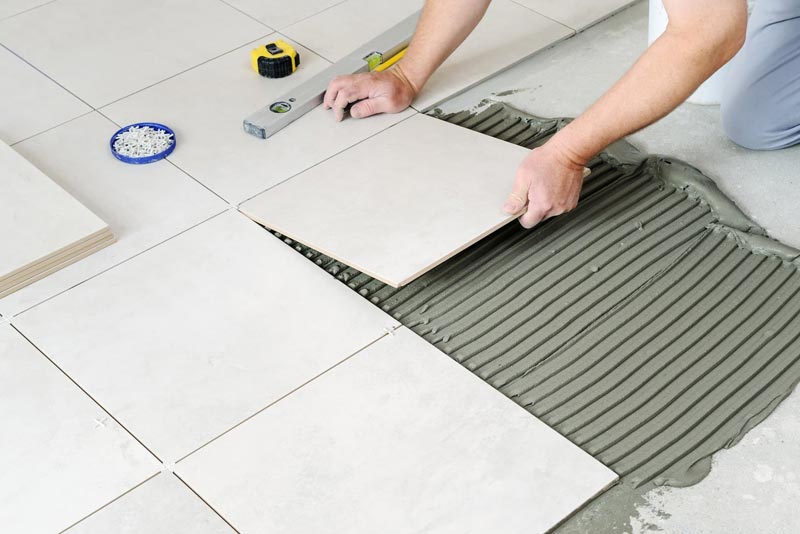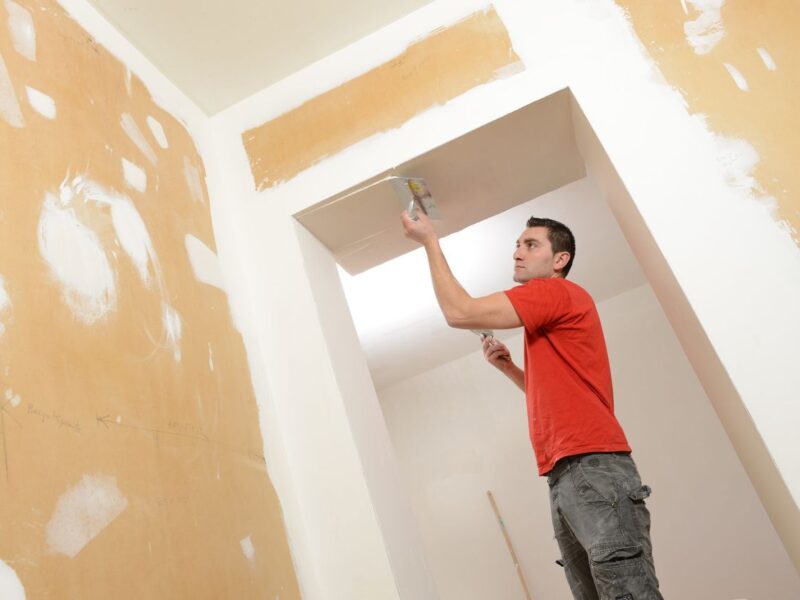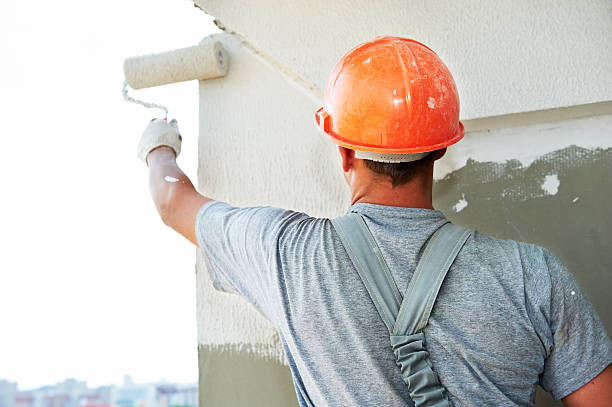Tile flooring adds elegance and durability to any space, but a successful installation requires careful planning and execution. Whether you’re a seasoned DIY enthusiast or considering hiring a professional, these four tips will ensure your tile floor installation is a resounding success.
Introduction to Tile Floor Installation
Tile floor installation is a significant investment in your home’s aesthetics and functionality. Proper installation ensures longevity and minimizes future maintenance issues. Before diving into the installation process, it’s essential to understand the intricacies involved.
Choosing the Right Type of Tile
The first step in a successful tile floor installation is selecting the right type of tile for your space. Consider factors such as durability, aesthetics, and maintenance requirements. Ceramic, porcelain, natural stone, and glass tiles each offer unique advantages, so choose the one that best suits your needs and preferences.
Preparing the Subfloor
Ensuring a level and properly prepared subfloor is essential for achieving a seamless tile installation. It’s crucial to guarantee that the subfloor is clean, dry, and devoid of any debris or imperfections. Utilize leveling compounds or patches as necessary to rectify any unevenness. A well-prepared subfloor lays the groundwork for a flawless tile installation. If you’re seeking tile installation service in Auckland, look no further.
Planning the Layout
Before laying a single tile, take the time to plan out the layout of your floor carefully. Consider factors such as tile size, pattern, and orientation to achieve the desired aesthetic effect. Utilize tools such as chalk lines and spacers to ensure precise alignment and symmetry throughout the installation process.
Cutting and Fitting Tiles
Accurate cutting and fitting are essential for achieving a professional-looking tile floor. Invest in high-quality tile cutters and saws to ensure clean and precise cuts. Take accurate measurements and test-fit tiles before applying adhesive to avoid costly mistakes and minimize wastage.
Applying Adhesive and Setting Tiles
Selecting the right adhesive and applying it correctly are critical steps in the installation process. Follow manufacturer instructions and use the appropriate trowel size to achieve proper coverage and adhesion. Take care to set each tile firmly into place, ensuring consistent spacing and alignment.
Grouting the Tiles
Grout not only fills the gaps between tiles but also enhances the overall appearance and durability of the floor. Choose a grout color that complements your tiles and space. Use a grout float to apply grout evenly, working it into the joints at a 45-degree angle. Remove excess grout with a damp sponge before it dries.
Sealing the Grout
Sealing the grout helps protect it from stains, moisture, and discoloration, prolonging the life of your tile floor. Allow the grout to cure fully before applying a high-quality grout sealer. Use a brush or applicator bottle to ensure thorough coverage, and wipe off any excess sealer promptly.
Cleaning Up
Once the installation is complete, thoroughly clean the tiles and remove any adhesive or grout residue. Use a pH-neutral cleaner and a soft sponge or cloth to avoid scratching the tiles. Allow the floor to dry completely before walking on it or placing furniture.
Caring for Your Newly Installed Tile Floor
Regular maintenance is essential for preserving the beauty and integrity of your tile floor. Sweep or vacuum regularly to remove dirt and debris, and mop with a mild detergent solution as needed. Avoid harsh chemicals and abrasive cleaners, as they can damage the tiles and grout.
Common Mistakes to Avoid
Avoid common pitfalls such as inadequate subfloor preparation, improper adhesive application, and neglecting to seal grout. Take the time to familiarize yourself with best practices and seek professional guidance if needed to avoid costly errors.
Benefits of Professional Installation
While DIY installation can be rewarding, there are significant benefits to hiring a professional installer. Experienced professionals have the necessary skills, tools, and expertise to ensure a flawless and long-lasting tile floor installation. Additionally, professional installation may come with warranties and guarantees for added peace of mind.
Conclusion
A successful tile floor installation requires careful planning, attention to detail, and proper execution. By following these four tips and investing in quality materials and craftsmanship, you can enjoy a beautiful and durable tile floor that enhances your space for years to come.



